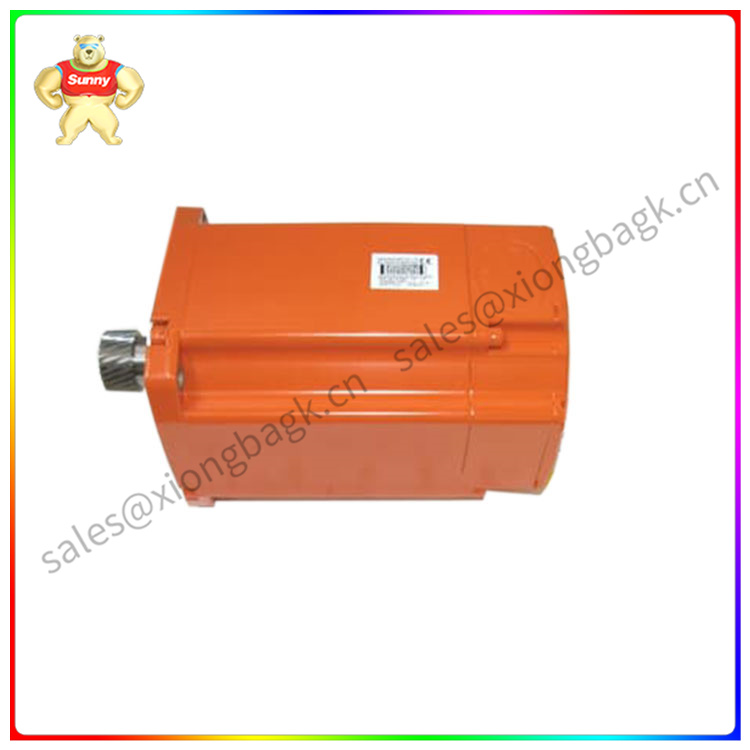1. Press = Not flexible?
In the past, the press was often labeled as “slow”, “inflexible”, and “high risk”. With the development of technology, the safety solutions for the press are endless, and the safety of the press is greatly improved. Under the premise of ensuring safety, the owners put forward further requirements for the flexibility and efficiency of production.
In today’s case, a kitchen accessory manufacturer wanted to increase efficiency by introducing robots to load the bending machine, that is, to load the material both by robot and manually during the operation of the machine. In order to control costs, it is necessary to continue to use the existing controller as much as possible, so that its original function is not affected.
2. Safe press, only added to the robot is there no risk?
If the press adopts a safe solution and just adds robots for material loading, is there no risk? Obviously not!
The interface area between the robot and the bending machine becomes a new risk area. In order to protect the operator from accidental injury, on the one hand, it is necessary to ensure that no operator is in front of the robot when it is loaded. On the other hand, operators must be guaranteed protection when inserting or adjusting positions with their hands, especially their fingers.
Of course, when we carry out any protective measures or design safety devices, we must consider as far as possible not to interfere with the free movement of the operator.
3. Can the security of the interface area between the robot and the press be quickly realized?

3HAC17326-102
Both the bender and the service robot themselves actually have their own safety controllers. On the bender, Pilz’s camera-based protection system, PSENvip, monitors safety. What we need is an integrated, efficient interface security solution.
Pilz’s camera-based protection system, PSENvip, is installed in the upper die to ensure the safety of the operator of the bending machine
In order to achieve the interface security of the two devices, a security control product that can monitor the various safety devices on the press and robot equipment at any time is needed.
A new generation of preassembled and customizable safety relays, the myPNOZ, meets the requirements.
The myPNOZ Creator online software tool is used to define the number, type, and logical interconnections of security features. Based on these parameters, Creator will automatically calculate which modules are needed and their insertion order, which is very convenient.
myPNOZ is also very flexible, offering up to 12 different expansion modules, each input module can monitor two security functions, thus reducing the cost of hardware while also minimizing cabling costs. In addition, myPNOZ can also form multiple independent security zones where monitored machines can be turned off independently, which is key to improving the availability of plant equipment.
myPNOZ can achieve 1 batch production according to the specific needs of the customer. myPNOZ monitors safety features for emergency stops, safety doors, light curtains, two-hand control IIIA/ C and enable switches.
4. Is such a solution workable?
The solution with myPNOZ mentioned above is a real example of Pierre Magneto’s service to Peter Huber AG.
The company has been a supplier of innovative automation solutions for more than 40 years, with extensive experience in the transformation and optimization of robots, handling systems, data and control systems, etc.
“During the design phase, Pilz recommended the modular safety relay myPNOZ for us. The idea of expanding the input circuit with just one safety relay immediately opened our minds. The plan can be said to meet almost 100 percent of our needs. We can get everything ready in advance and install it, which gives us a huge benefit in terms of time and cost.” Erich Schumacher, expert in conveyor technology, handling and robotics.
 中文版
中文版




